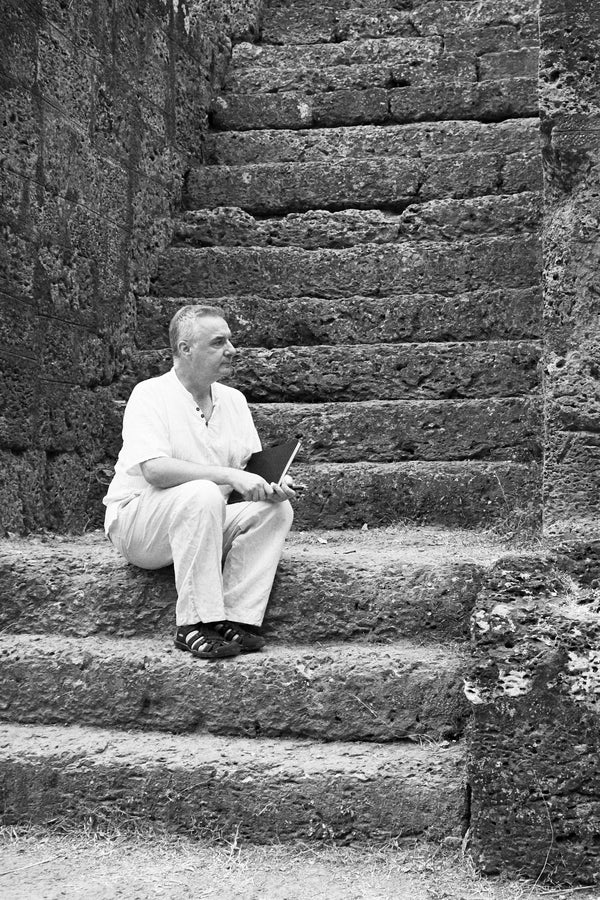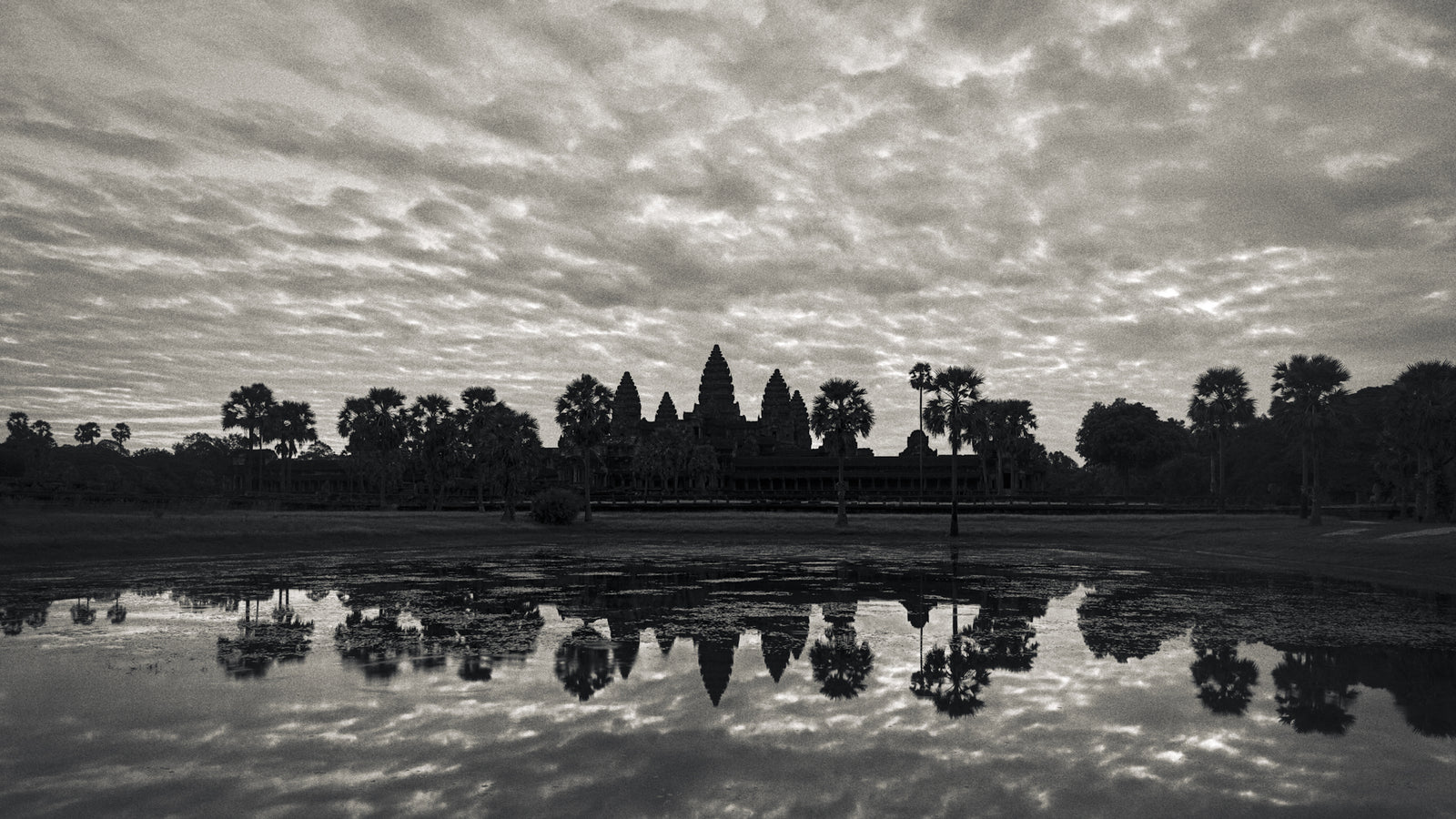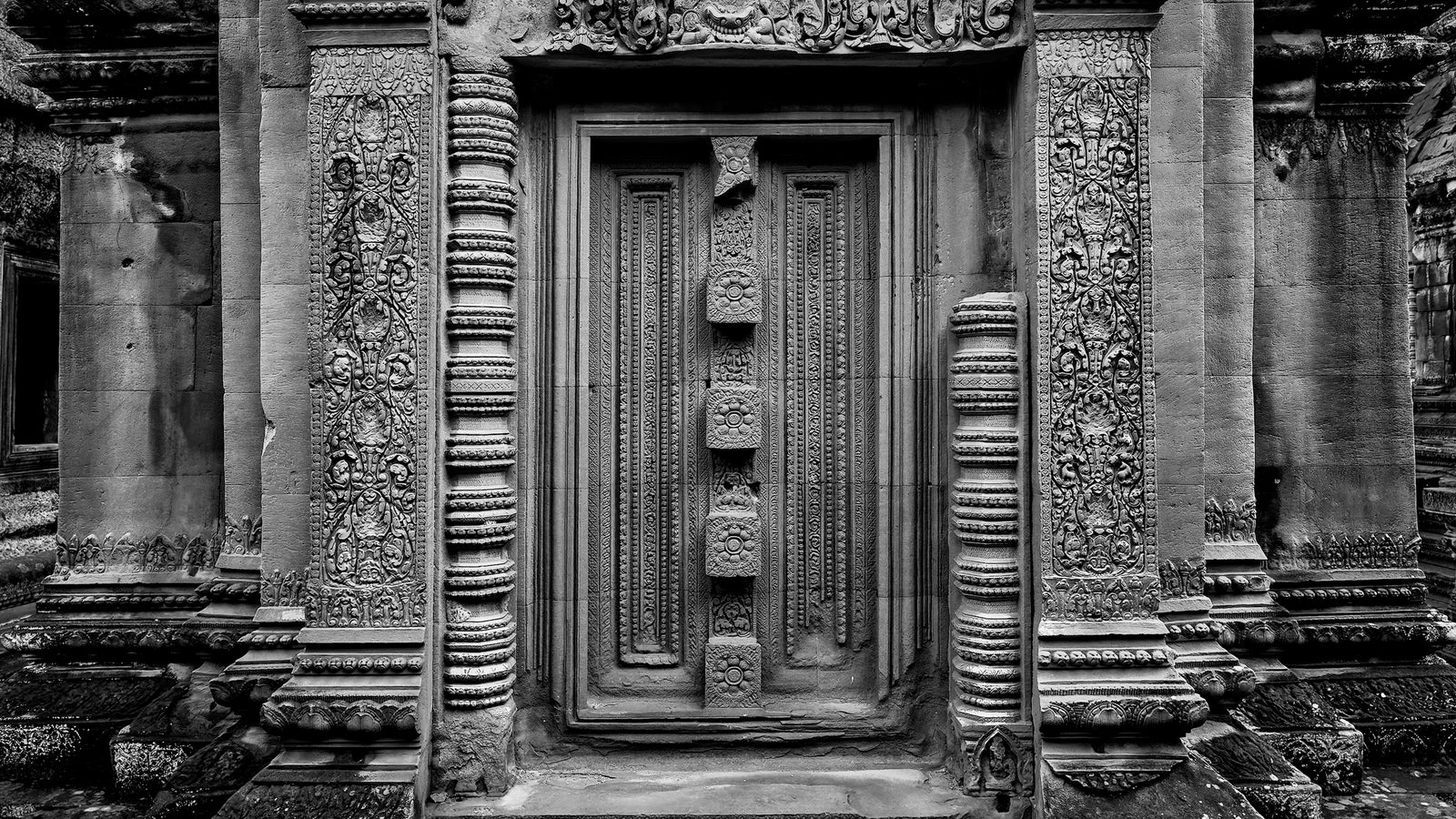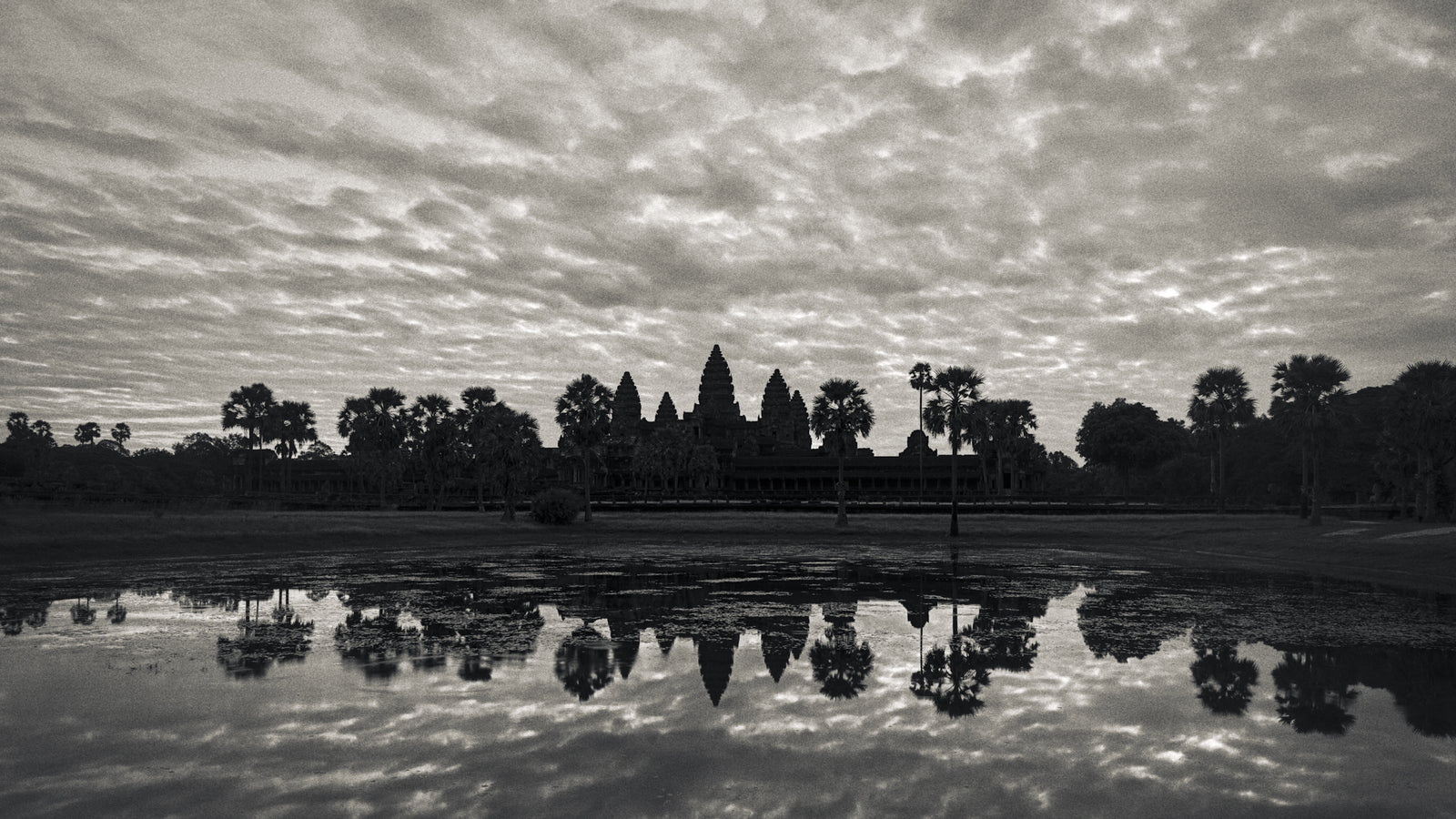Complimentary worldwide shipping on orders over $400 · No import tariffs for most countries
Complimentary worldwide shipping on orders over $400 · No import tariffs for most countries
Zhou Daguan
Seven hundred years ago the trader and adventurer Marco Polo arrived back in Venice after twenty-five years’ absence. Legend has it that he was full of stories about his travels in China and other parts of Asia, and about the services he provided to the great khan Khubilai, the founding emperor of the Mongol dynasty then ruling China.
That same year, 1295 CE, a young man by the name of Zhou Daguan (c. 1270 – c. 1350), a native of Wenzhou, a coastal city south of Shanghai, set sail from Mingzhou, a port on the southeast coast of China. Zhou was headed for Cambodia as part of a delegation sent there by Khubilai’s grandson Temür (reign 1294–1307), who had come to the imperial throne on the death of his grandfather.
In August 1296, after a five-month voyage, Zhou Daguan arrived at Yashodharapura (which we know today as “Angkor”) and stayed there for eleven months. When he returned home he composed A Record of Cambodia — The Land and Its People, as part of an official report, which today is the only surviving eyewitness account of daily life at Angkor.
Zhou's report contains a wonderful description of the Angkorean way of life at the end of the 13th century. It gives an accurate description of the walled city of Angkor Thom, contains lists of goods that may be of interest to China (the blue feathers of kingfisher birds, used to decorate the Chinese emperors headdresses, were much in demand), but does not limit itself to commercial considerations. We find in it scores of interesting observations (some amusing, some bordering on the fantastic) about royalty and the court, but also about common people.
Zhou’s memoir was first translated into French in 1819, but it did not have much impact until 1902, when it was re-translated into French by Paul Pelliot (1878 – 1945). By the time Pelliot’s version appeared, Angkor had been “discovered” by the French and France had established its protectorate over Cambodia. Scholars of Cambodia were quick to recognise the value of Pelliot’s excellent translation. In his old age, Pelliot returned to Zhou’s memoir, and a partly revised translation appeared in 1951. This posthumous text, in turn, formed the basis for English-language translations that were published in recent years.
The version of Zhou's A Record of Cambodia —The Land and Its People that I use is a more recent translation into English by Perter Harris, published by Silkworm Books; 2ND edition (October 18, 2007).
Excerpts from this book are included in my descriptions of Phimeanakas Temple, the Royal Palace, and the Suor Proat Temple.
Also in Angkorpedia
Join My Studio Journal
Receive occasional letters from my studio in Siem Reap—offering a glimpse into my creative process, early access to new fine art prints, field notes from the temples of Angkor, exhibition announcements, and reflections on beauty, impermanence, and the spirit of place.
No noise. No clutter. Just quiet inspiration, delivered gently.
Subscribe and stay connected to the unfolding story.

Join My Studio Journal
Receive occasional letters from my studio in Siem Reap—offering a glimpse into my creative process, early access to new fine art prints, field notes from the temples of Angkor, exhibition announcements, and reflections on beauty, impermanence, and the spirit of place.
No noise. No clutter. Just quiet inspiration, delivered gently.
Subscribe and stay connected to the unfolding story.



